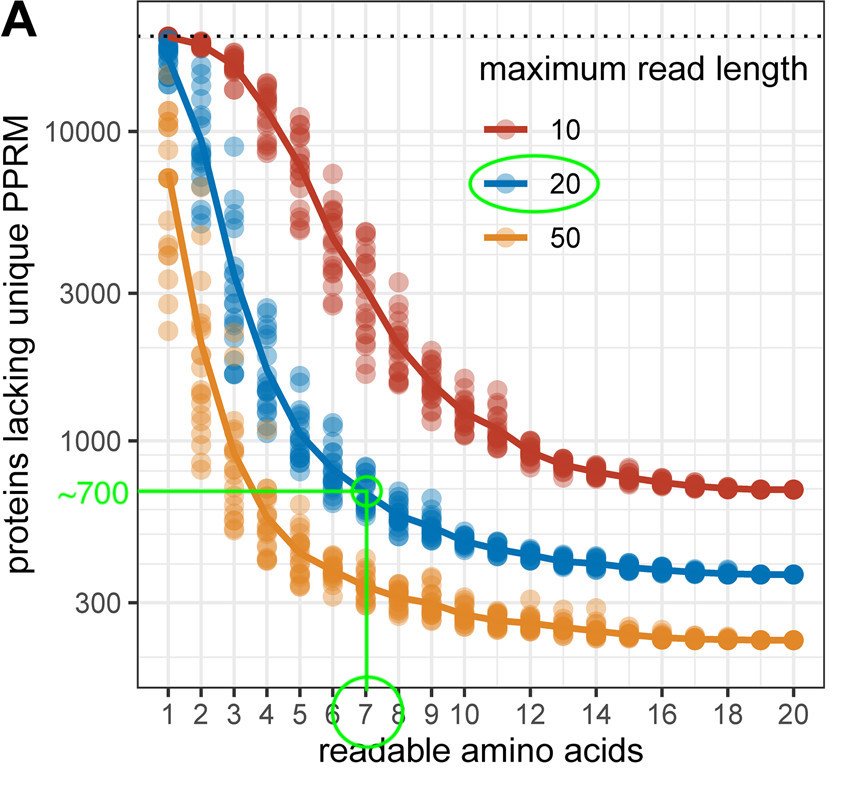1/ Reducing technical bias during genetic analysis is a major challenge for molecular #diagnostics. By involving #DNA reference sequences, researchers can compare theoretical and actual test results in hopes of improving test sensitivity.
2/ However, contemporary references have the capacity to contaminate and confound analysis, making it challenging to continue optimizing test accuracy beyond a certain limit. A recent study exploited a common chemical characteristic called ‘chirality’ to build a new class of...
3/ ...synthetic, internal references for sequencing assays. #Chiral molecular are distinct from their mirror image—similar to how one’s hands, though perfect reflections, cannot be superimposed. Implementing these chiral sequences (sequins), the researchers were able to...
4/ ...increase test accuracy across a wide variety of applications—including oncology. Aligning true DNA and sequins allowed for the construction of bioinformatic filters that separated high and low-confidence data at the end of an NGS workflow.
5/ Should they be integrated into modern tests, sequins should continue tacking 9’s onto the percentage sensitivity of next-generation diagnostics.
nature.com/articles/s4146…
nature.com/articles/s4146…

• • •
Missing some Tweet in this thread? You can try to
force a refresh








